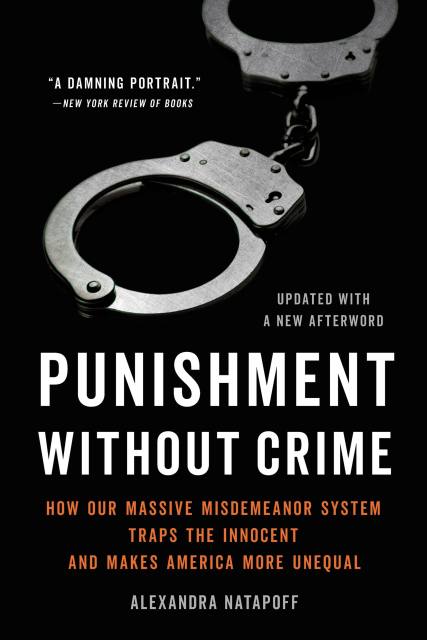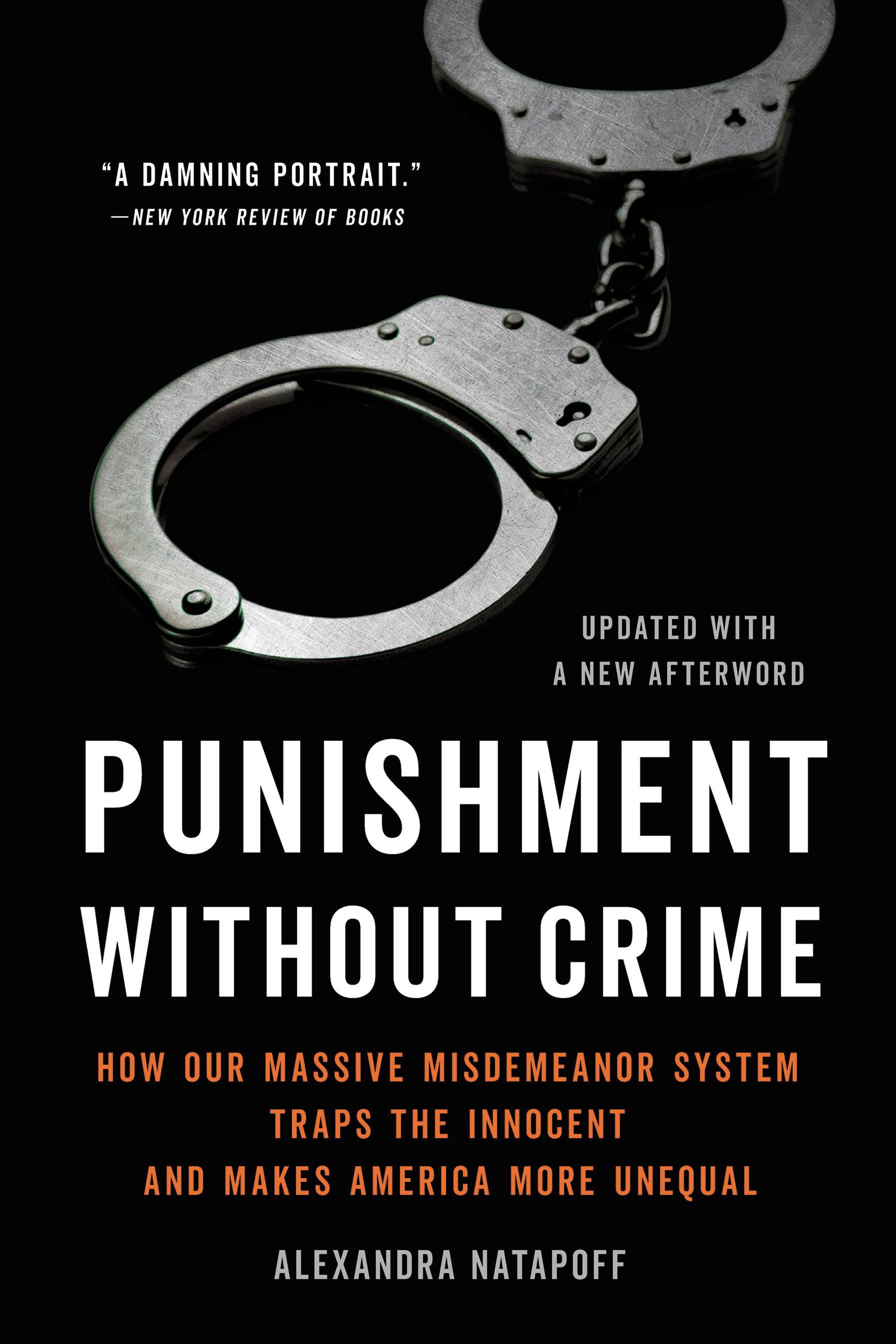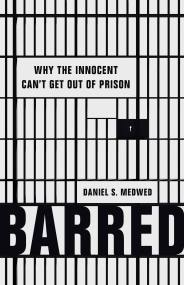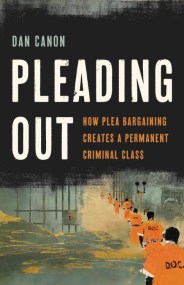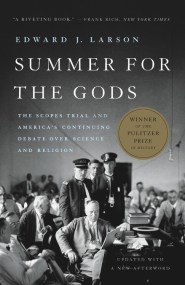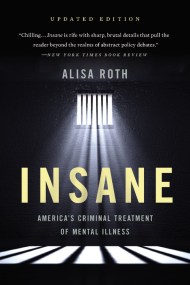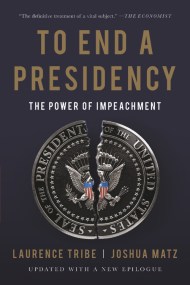Promotion
Use code MOM24 for 20% off site wide + free shipping over $45
Punishment Without Crime
How Our Massive Misdemeanor System Traps the Innocent and Makes America More Unequal
Contributors
Formats and Prices
Price
$19.99Price
$25.99 CADFormat
Format:
- ebook $19.99 $25.99 CAD
- Audiobook Download (Unabridged)
- Trade Paperback $19.99 $24.99 CAD
This item is a preorder. Your payment method will be charged immediately, and the product is expected to ship on or around December 31, 2018. This date is subject to change due to shipping delays beyond our control.
Also available from:
Punishment Without Crime offers an urgent new interpretation of inequality and injustice in America by examining the paradigmatic American offense: the lowly misdemeanor. Based on extensive original research, legal scholar Alexandra Natapoff reveals the inner workings of a massive petty offense system that produces over 13 million cases each year. People arrested for minor crimes are swept through courts where defendants often lack lawyers, judges process cases in mere minutes, and nearly everyone pleads guilty. This misdemeanor machine starts punishing people long before they are convicted; it punishes the innocent; and it punishes conduct that never should have been a crime. As a result, vast numbers of Americans — most of them poor and people of color — are stigmatized as criminals, impoverished through fines and fees, and stripped of drivers’ licenses, jobs, and housing.
For too long, misdemeanors have been ignored. But they are crucial to understanding our punitive criminal system and our widening economic and racial divides.
A Publishers Weekly Best Book of 2018
Genre:
- On Sale
- Dec 31, 2018
- Page Count
- 352 pages
- Publisher
- Basic Books
- ISBN-13
- 9780465093809
Newsletter Signup
By clicking ‘Sign Up,’ I acknowledge that I have read and agree to Hachette Book Group’s Privacy Policy and Terms of Use
